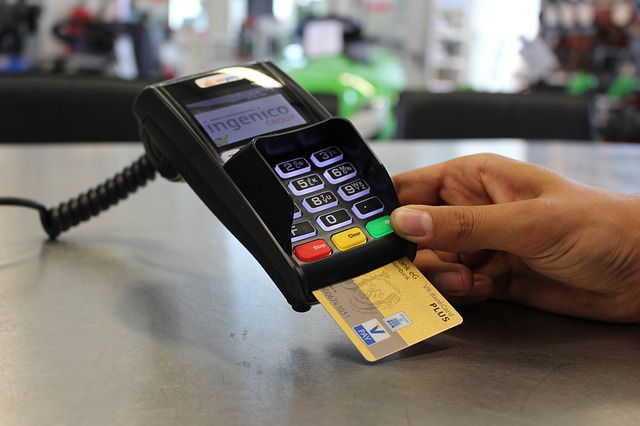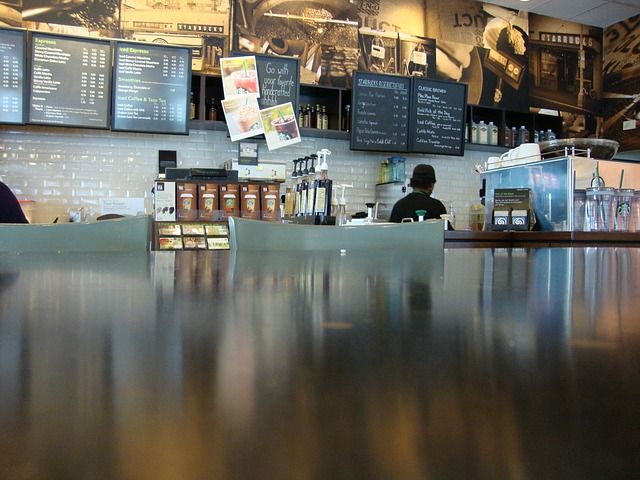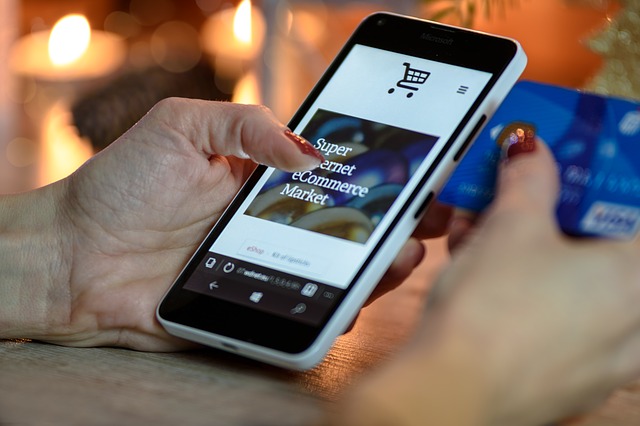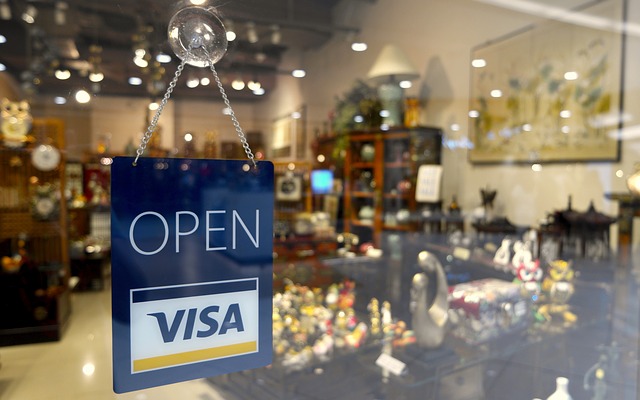There’s undoubtedly a rise in the use of cards, as opposed to cash, even for small transactions, with the advent of contact less payment; it’s another step on the way to the ‘cashless society’ many are predicting. While some outlets are taking this a stage further towards reality with cashless stores, not everyone thinks this is a positive.

Being able to pay quickly virtually anywhere there’s connectivity in a world where finance software and related documents can be accessed remotely is seemingly a confirmation that cash transactions could eventually go the way of the dodo.
New Jersey v Amazon and Walmart
Giants Amazon and Walmart are squaring up to the state of New Jersey over cashless trading.
The Mid-Atlantic state wants to pass a law requiring all retail stores to accept cash but Amazon, who have a growing retail presence these days along with their massive online concern, have joined forces with retailer Walmart to delay the bill.
The trend for cashless stores is increasing in the US and elsewhere such as the UK. Other well-known American outlets including coffee giant Starbucks and salad chain Sweet green have been trying them out in various locations.

The positives of cashless stores
Cashless makes it easy for customers as they only have to carry a card and not worry about having enough cash even for smaller purchases such as a coffee to go.
Buy elavilIt makes accounting easier for the retailer, and they’re able to capture data and track more customers compared to cash transactions so can learn more about them in certain areas such as their buying habits.
People tend to spend more on cards than when they’re using cash, and less cash naturally helps reduce crime levels.
Cashless transactions can cut queuing and reduce the need for staff, but Amazon has taken this a stage further and has opened several cashier less Amazon Go grocery stores. The customer does their shopping, their purchases are recorded by cameras, and their card is debited automatically simply using an app all without any interaction with staff.
Buy effexor
Tesco in the UK have trialled similar cashier less tech and said that queuing time in the trial was half that of usual queues; 45 seconds as opposed to 90. As it is the supermarket chain says that cash transactions in their convenience stores were down to 20%already, so these may go fully cashless in due course.
The drawbacks of cashless stores
Despite the seeming rise in cashless payments overall, the amount of cash in circulation in the US has grown at over five per cent over the past two decadesand still accounts for a third of all transactions.
So despite the hype about cashless, plenty of people still use cash. A concern is that cashless outlets are possibly discriminating against people such as those unable to acquire a credit card and seniors who generally may prefer to pay with cash.
From the cashless stores’ point of view theft of produce is a concern; relying on people’s honesty when doing their shopping with no staff interaction could see lost revenues through theft rise. In small margin environments this could soon make cashless retailing not viable.

Some argue that eventually cashless will ‘take over’ as more people who have grown up paying for most things by card gradually predominate.
Accept both?
There is an argument that shops and other outlets should accept both cash and cards; in the same way that outlets not accepting a card payment is an inconvenience to many and loses them custom, so could cashless outlets.
It’s a question of whether the pro-cashless outlets can lead the customer to their way of thinking or if they’ll have to compromise and allow customers to pay with cash if they wish to.

